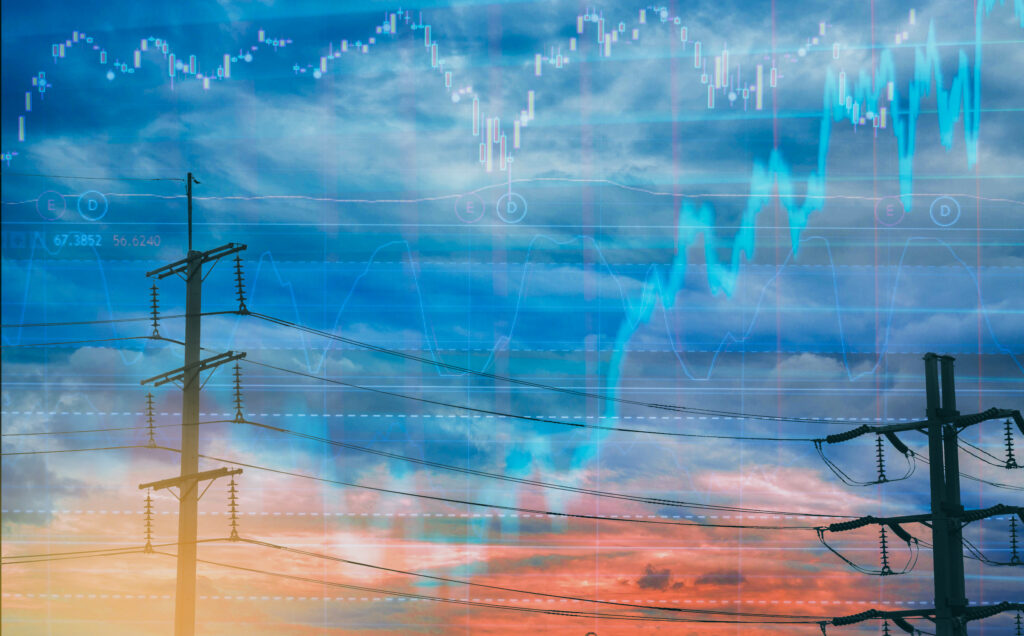
Kirjoittaja: Hannu Huuki, University of Oulu
Hannu Huuki defended his doctoral dissertation at the University of Oulu on Sept. 25., 2024
The electricity system is evolving rapidly with the rise of renewable energy and new opportunities for optimizing consumption. A recent dissertation ‘Sequential decision problems – Applications in Energy Economics’ explores the impact of dynamic optimization in this changing landscape, with a focus on flexible supply, demand response, and their economic effects.
The first study investigates pricing strategies for demand response service providers, revealing that in some cases, financially supporting early customers may be optimal to establish a user base. As the participation rate in the demand response service grows, prices can be increased accordingly.
The second study simulates the Nordic electricity market, showing that increasing price-responsive demand reduces price volatility and boosts the value of renewable energy. The findings demonstrate how flexible demand can complement carbon pricing in reducing market fluctuations and emissions.
The third study examines hydropower generation under varying environmental flow restrictions. It finds that reduced electricity price volatility helps mitigate the revenue losses caused by environmental flow constraints for hydropower producers. In consequence, if electricity prices become less volatile due to an increase in demand response, it is optimal to implement stricter environmental flow regulation for hydropower, maximizing overall value in terms of both hydropower revenue and environmental benefit.
Dissertation:
Huuki, H. (2024). Huuki, H. (2024). Sequential decision problems – Applications in Energy Economics (Doctoral dissertation). University of Oulu. (Doctoral dissertation). University of Oulu.
11.10.2024.
